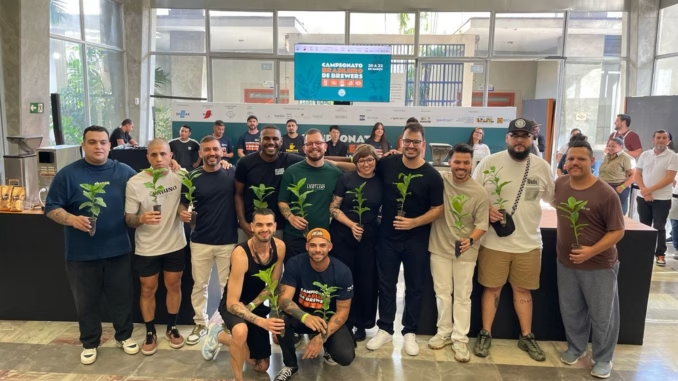
The three-day event backed a movement to save a Brazilian coffee genetic bank that is currently under threat.
BY ISABELLE MANI
BARISTA MAGAZINE ONLINE
Featured photo courtesy of Brazil Specialty Coffee Association
The Agronomic Institute of Campinas (IAC), a key player in global coffee genetic research, is facing a grave threat: The São Paulo State Government is planning to sell a 17-acre area that houses Brazil’s most prominent coffee germplasm bank—one of the world’s most significant coffee genetic banks. Coffee scientists at the IAC, São Paulo city council members, and notable industry figures have joined forces to block the sale through petitions and a broad campaign, including a petition that supporters around the globe can sign.
In a strategic act of solidarity, the 2025 edition of the Brazil Brewers Cup, which took place on March 20-22, was held at the IAC’s main building in downtown Campinas, São Paulo, Brazil. For finalist Renan Dantas, who represented Dantas Café, the event’s purpose went far beyond competition. “The barista community gathering here is an act of resistance on behalf of the entire Brazilian coffee chain,” he says.
Co-organizer and emcee of the event Mariana Proença echoes Renan’s sentiments, explaining the importance of hosting the event at the IAC building. “Choosing this venue was intentional. We wanted to highlight the (Brazilian) Brewers Cup as a platform to rally public support for preserving the IAC genetic bank and safeguarding decades of indispensable coffee research,” Mariana says.
The Power of Community

The winner of this year’s Brazil Brewers Cup was Sabino Roasters’ Thiago Sabino, a first-timer to the Brewers Cup who has previously earned titles in Brazil’s Coffee in Good Spirits and Barista Championship events. Thiago’s participation in the 2025 Brewers Cup was significant, marking his return to competition after a seven-year hiatus. “Being here in the very institute that made so much of Brazil’s coffee history possible is incredibly powerful,” he shared in his winning speech.
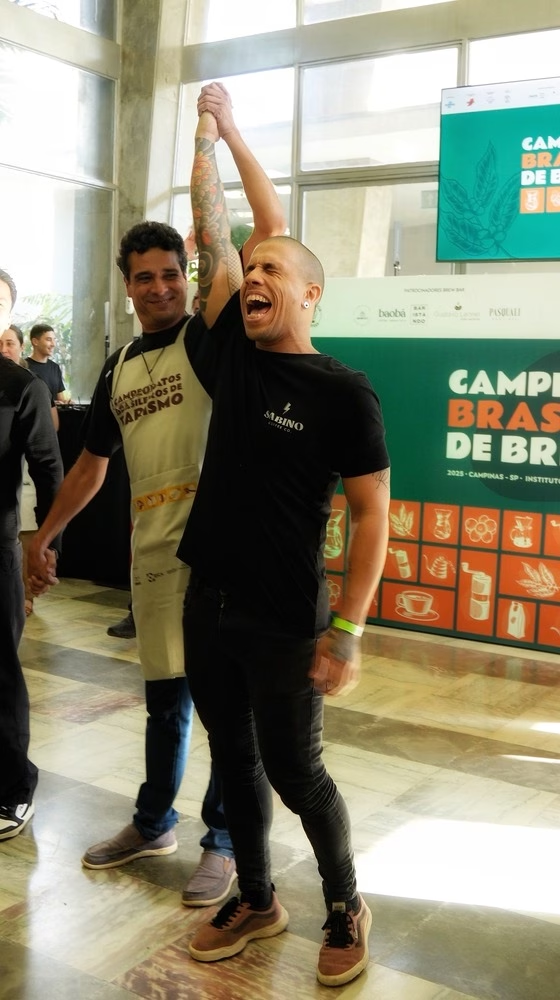
When their names were announced, all semifinalists were handed a seedling of an IAC-curated cultivar coffee plant by the researchers themselves: a moving reminder of the power of community.
A mini-fest featuring side attractions also unfolded throughout the three-day event, infusing the championship with a sense of warmth, open dialogue, and connection.
Mini-Fest Attractions: More Event Highlights
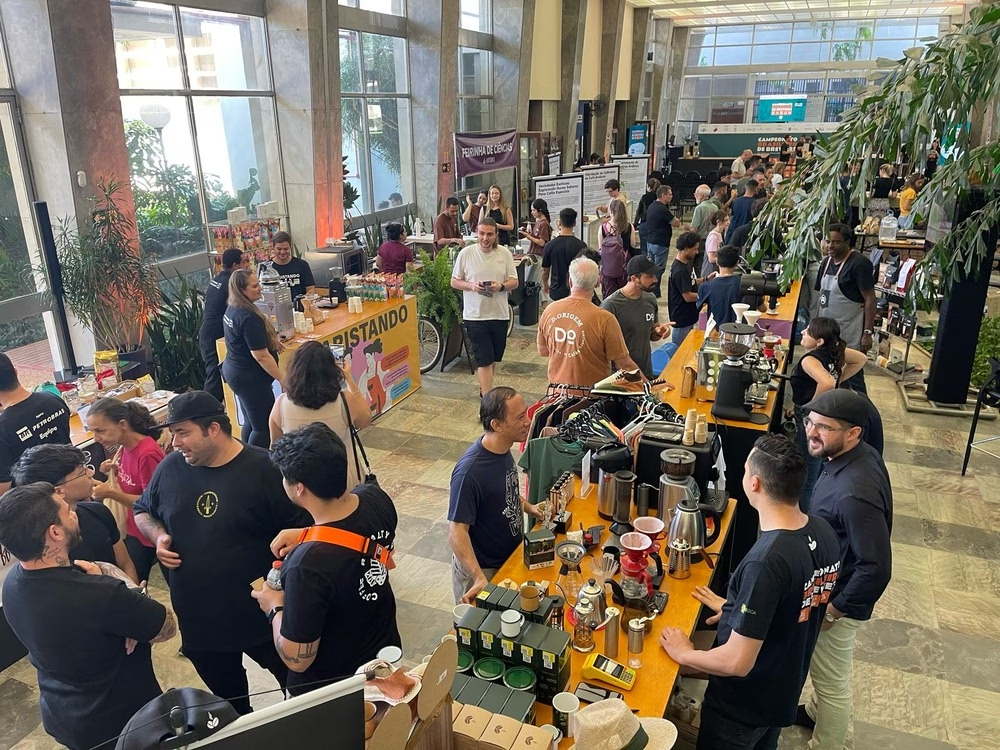
One of the highlights of the mini-fest portion of the event was a cupping session featuring IAC-developed genetic materials curated by the Institute’s Specialty Coffee research department. Among them was an improved selection of Laurina—a cultivar naturally low in caffeine. This version, branded “low-caf“ by its producer Da Terra, an IAC research partner, recently gained worldwide traction and is championed amongst roasters like Berlin’s The Barn.
Another highlight of the event was a tour through the institute’s gardens and iconic Art Deco buildings, guided by Francisco “Chico” de Assis Leitão de Moraes, one of the IAC’s longest-serving staff members. Founded in 1887 under Emperor Dom Pedro II, the IAC is the second-oldest agronomic research institute in the world and holds an incredible array of Brazilian flora, boasting more than 500 tree species.
Visitors—myself included—were not only impressed by the diversity of the plant life and the fascinating stories behind their arrival in the gardens, vividly told by Chico himself, but also the grand architecture and the institute’s storied past, which once drew high-profile guests like Queen Elizabeth II.
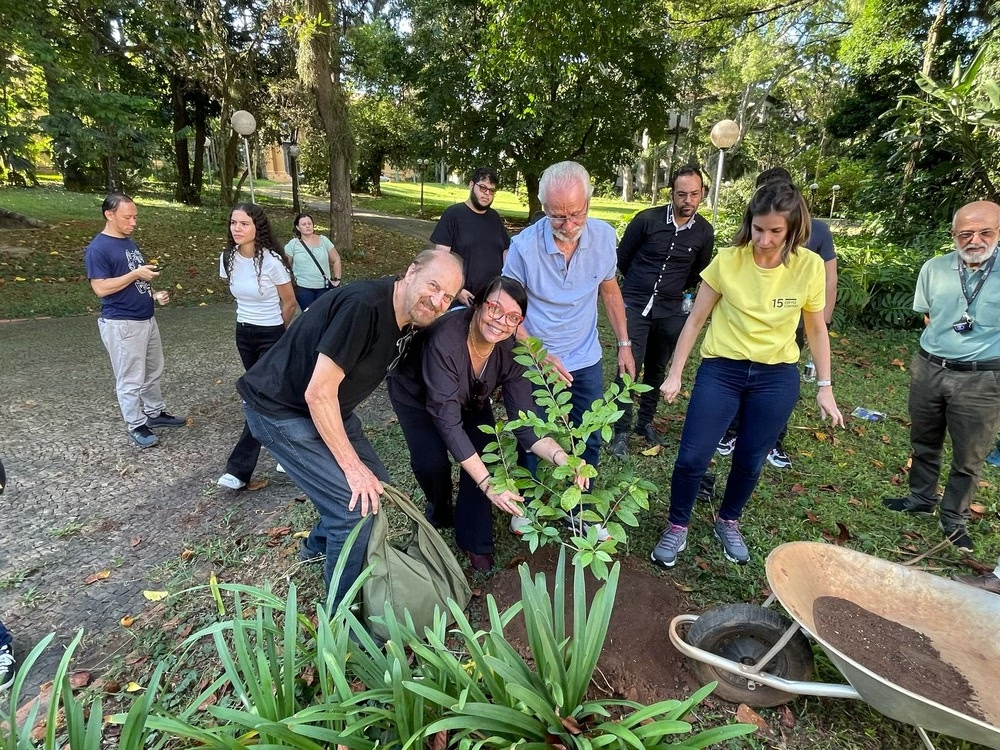
Curious participants asked why research funding had declined, especially since the institute employed around 3,500 staff in its prime but fewer than 500 remain today, divided among the main campus and two satellite research farms. At the IAC, the depletion of personnel and operational funding has been ongoing for more than a decade.
In recent years, the state government has intensified efforts to privatize public lands and announced plans to cut 30% of overall investment in scientific research.
A Future at Risk
With an estimated 5,000 genetic accessions, many of them rare or endangered, the IAC’s germplasm bank ranks among the largest globally. It also contains the oldest known population of cloned arabica coffee plants, including many that may no longer exist in their original Ethiopian regions due to war and deforestation since the 1960s.
A groundbreaking partnership with the U.S. government in the 1950s enabled the IAC to collect and safeguard more than 500 coffee varieties from Ethiopia, Kenya, India, and Central America, further cementing the germplasm bank’s irreplaceable status. Scientists warn that selling this land could undermine Brazil’s ability to address climate change challenges and develop resilient coffee varieties.
Helena Dutra Lutgens, president of the Association of Scientific Researchers of the State of São Paulo, decried the planned sale as a “populist maneuver by a government in ideological regression.”
She references Governor Tarcísio de Freitas, who has openly admitted he does not grasp the germplasm bank’s importance. “Research and preservation should be expanded, not reduced,” Helena says, “especially given today’s escalating climate challenges.“
The IAC’s Legacy
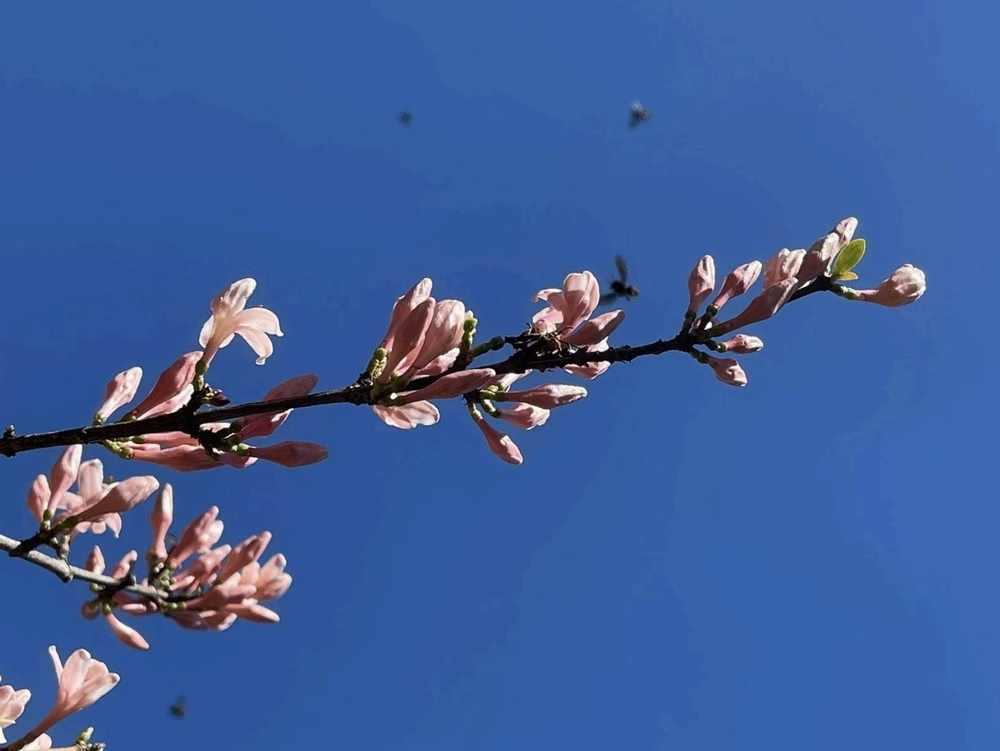
For more than a century, the IAC has shaped Brazilian coffee production, with roughly 90% of the country’s arabica crop tracing back to its breeding work. One of its key cultivars is Catuaí, a cross between Mundo Novo and Caturra, which was developed in the 1940s and officially released in 1968. Compact and highly productive, Catuaí thrives not only in Brazil but across Central America, where it remains central to coffee producers (particularly in Honduras) thanks to its compatibility with dense planting.
Since its inception in the 1920s, the IAC has fostered worldwide collaborations, guiding everything from breeding programs to sustainable farming approaches. As climate change and emerging diseases threaten global coffee yields, IAC’s work remains invaluable, highlighting the pressing need to protect this critical scientific heritage.
“Every cup we enjoy today has become possible thanks to the tireless efforts of scientists and researchers, who paved the way for the quality of the coffee we all consume today,” Renan says.
ABOUT THE AUTHOR
Isabelle Mani (she/her) is a writer, journalist, and communicator specializing in the international coffee industry. Since 2017, she has focused on writing articles and features for various international coffee news outlets. Isabelle has traveled to coffee-producing countries such as Colombia, Kenya, Rwanda, China, and Brazil to study and research coffee. She holds training certifications from the Specialty Coffee Association (SCA) and the Coffee Quality Institute (Arabica Q Grading).
Subscribe and More!
As always, you can read Barista Magazine in paper or digital format. Subscribe here to get your own hardcopy of each issue delivered. Read the April + May 2025 issue for free with our digital edition.
And for more than three years’ worth of issues, visit our digital edition archives here.

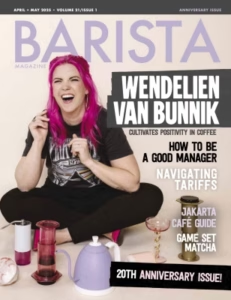

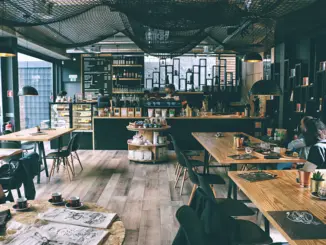
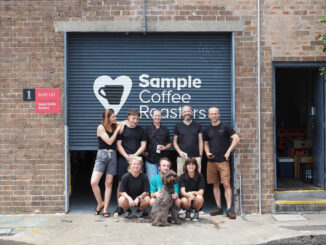
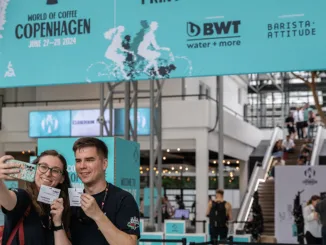
Be the first to comment